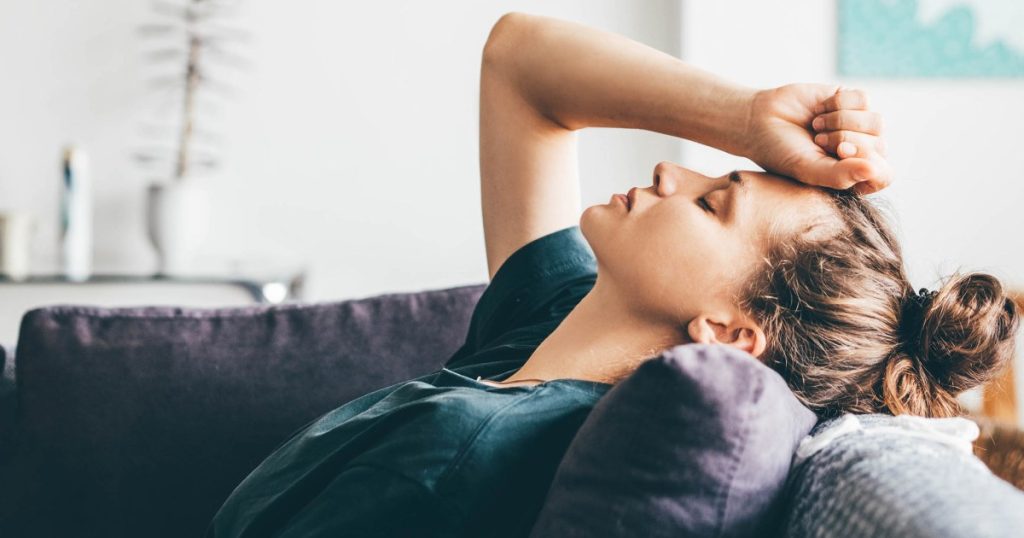When dealing with a migraine attack, finding instant relief is crucial. While medications are often the most effective way to stop migraine pain, it is also essential to incorporate other tricks and home remedies into your headache treatment plan to avoid overreliance on prescription therapies and over-the-counter drugs that can lead to rebound headaches. Non-medication home remedies can provide relief, especially when drug treatments are not suitable or for patients looking to avoid drug therapy altogether. It can also be beneficial to incorporate these remedies while working on lifestyle changes to reduce migraine frequency in the long term.
During a migraine attack, it is important to understand how migraine pain works. Migraine is an inherited neurological disorder that affects pain pathways in the brain. One part of the pain-related circuit affected during a migraine attack is the trigeminal nerve complex, which receives sensory inputs from the face, head, and neck. By using techniques like ice packs, warm compresses, or blue light filters, you can temporarily calm the nerves in these areas and reduce pain signal transmission. Central sensitization, which can occur during a migraine attack or between attacks, increases nerve sensitivity and can make normal sensations painful. By treating migraine pain early and effectively, you can help prevent central sensitization, making it easier to treat migraines and improve the effectiveness of medications.
Some effective at-home treatments for migraine headache pain include ice caps, blue light filters, eye masks, earplugs, resting in a dark and quiet room, warm compresses, warm baths or showers, naps, caffeine, staying hydrated, minty essential oils, massage, ice rollers, and removing pressure from the head. These remedies work by stimulating nerve endings, providing feedback to the brain to reduce pain signal transmission, and reducing muscle tension. Home devices like Cefaly, which are designed to stimulate nerve endings and quiet migraines, can also be effective for some patients. It is important to use devices specifically designed for migraine management and consult with a doctor before use.
If home remedies are not providing enough relief, it is important to seek additional treatment options. Starting with non-medication remedies is okay, but if symptoms persist, it may be necessary to explore other treatment options, including medications. It is crucial to treat migraine episodes early to prevent central sensitization from building up and leading to more frequent attacks. If your current treatment strategy is not working, do not hesitate to talk to your doctor about adjusting your plan. By combining medication, home remedies, and other treatment options, you can effectively manage migraine attacks and reduce their frequency in the long term.


